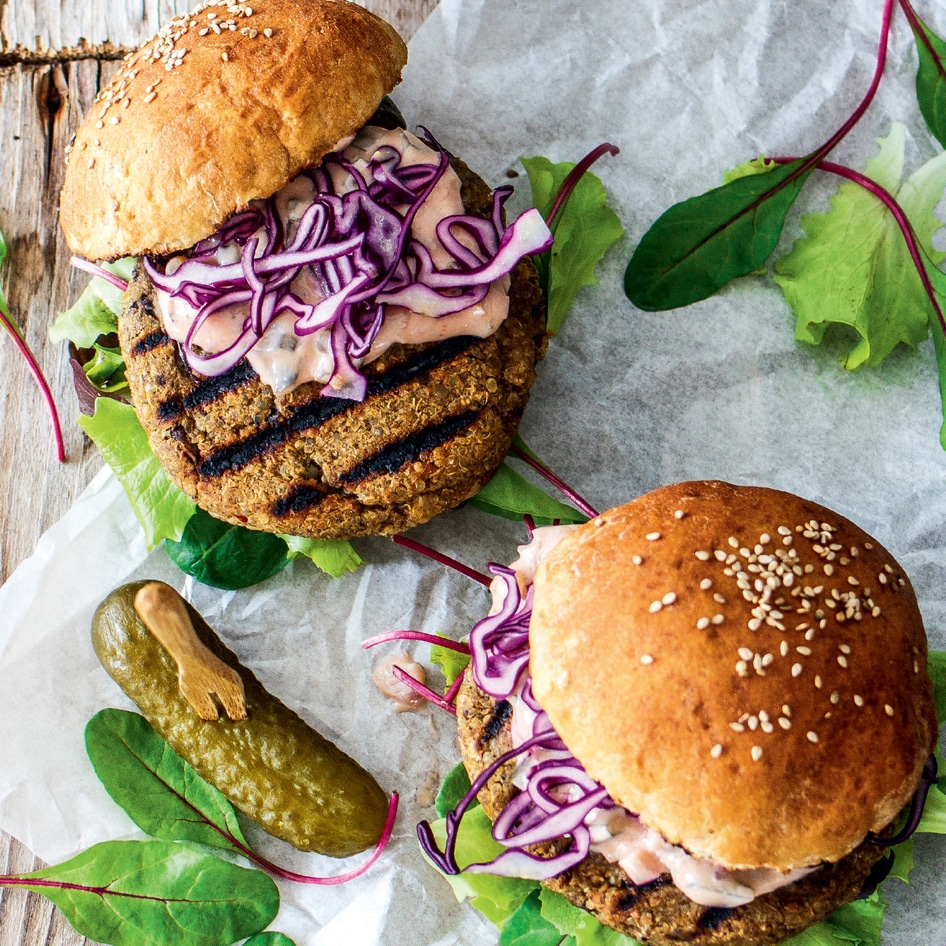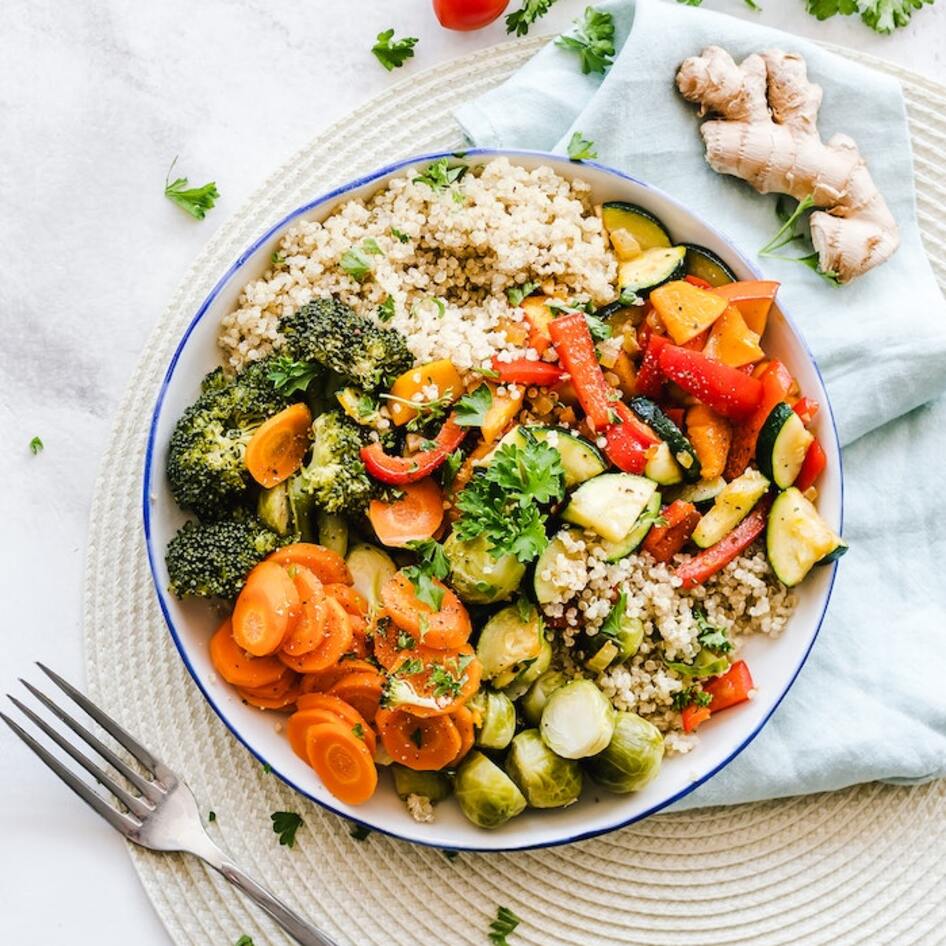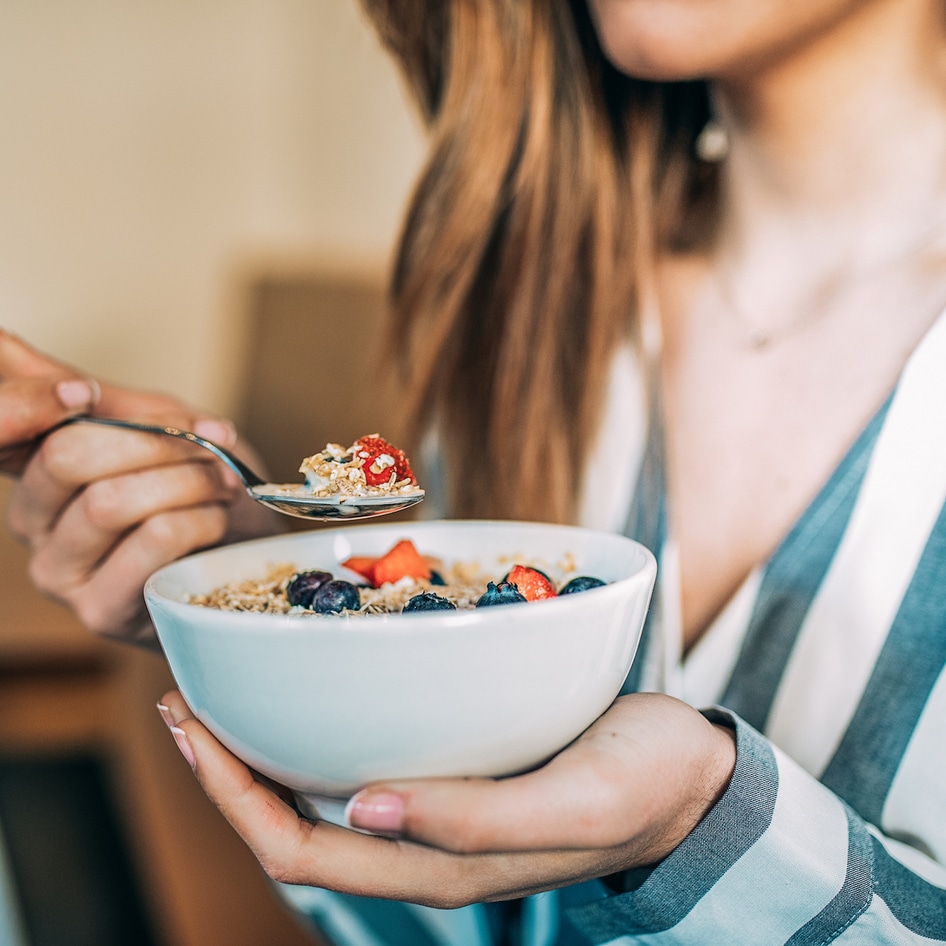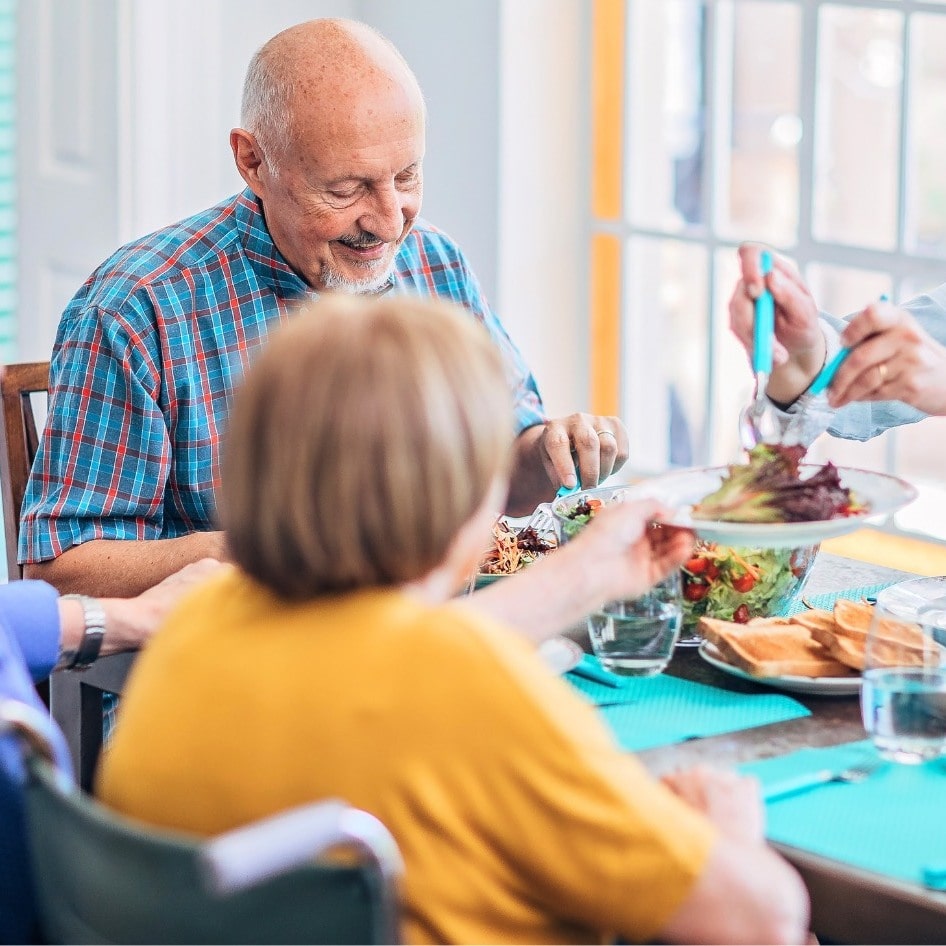If cooking isn’t on your list of top priorities or if it’s a particularly sweltering day, then the idea of not having to roast vegetables or fry up some crispy tofu sounds pretty appealing. Maybe you occasionally eschew cooking for plant-based smoothies and salads. If that’s the case, then you’ve already dabbled in raw veganism. But, what does a strictly raw vegan diet entail? And, is it for everyone?
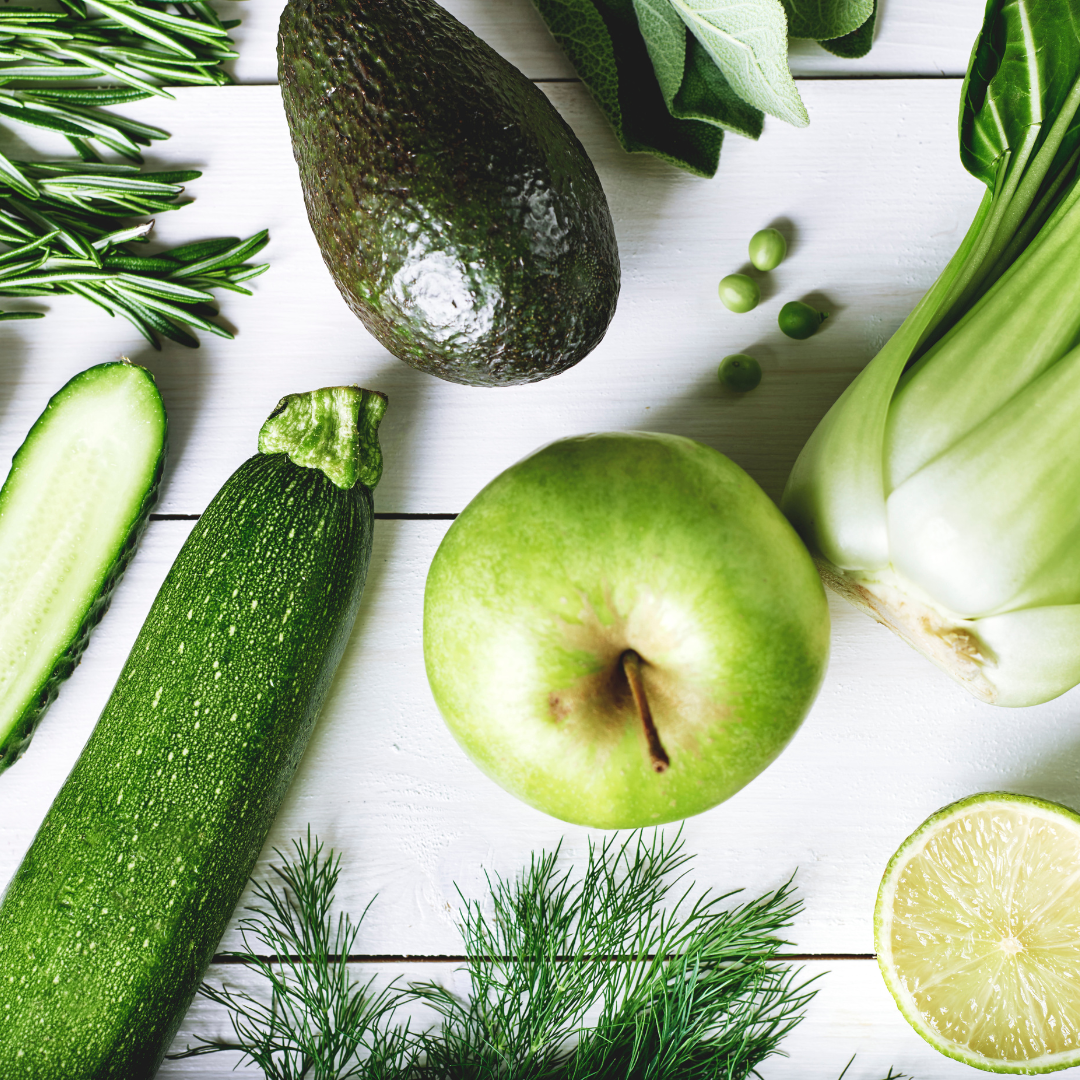 Canva
Canva
What is a raw vegan diet?
A raw vegan diet consists of food that is eaten uncooked or heated at temperatures below 104 to 118 degrees Fahrenheit. The idea is that cooking food destroys its nutrients, which is true in some cases—but not all. More on this later.
Raw diets tend to be low in processed foods. That means that all roasted, steamed, fried, sautéed, boiled, pressure-cooked, seared, broiled, or grilled foods are off the table—so, no roasted vegetables, grilled veggie burgers, cooked grains and beans, pasta, bread, most kinds of nut butters, jams, vegan ice cream, or pasteurized non-dairy milk. It also, naturally, means no animal products, including honey. It typically excludes table salt, but some raw vegans might use Himalayan pink or sea salt.
Proponents of a raw vegan diet tend to be motivated by health (though there can be some crossover with animal rights and sustainability ethics) and the belief that you can get all of the necessary nutrients from uncooked foods. Food preparation can involve blending, juicing, soaking, sprouting, fermenting, and dehydrating instead of traditional cooking methods.
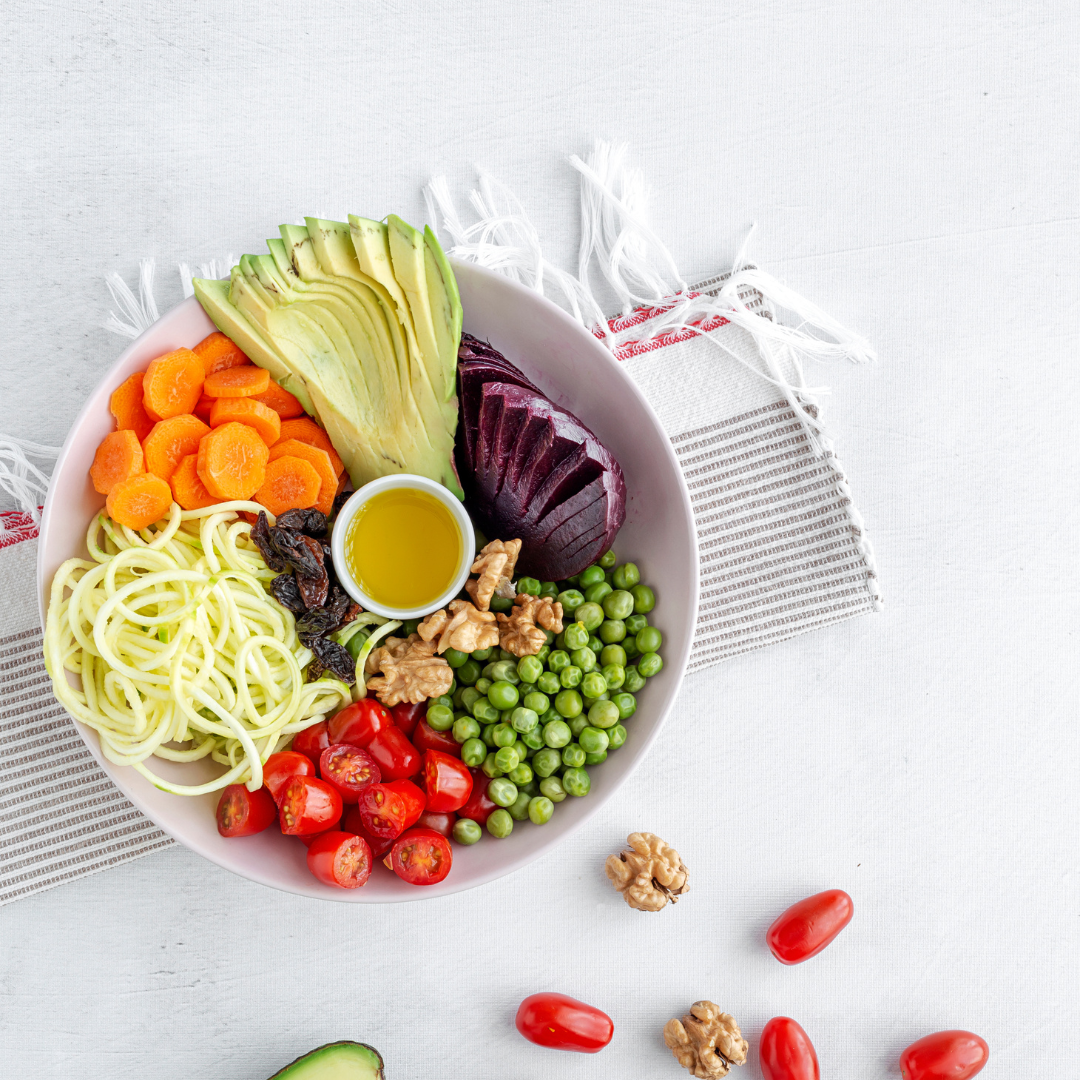 Canva
Canva
So, what can raw vegans eat?
With so many “no” foods, what, exactly, can a raw vegan eat? Breakfast could be a smoothie made with frozen bananas, fresh berries, spinach, and raw almond butter or smashed avocado with minced cilantro and diced tomatoes over raw bread made from nuts and seeds in a dehydrator.
Lunch could be a chopped broccoli salad with red cabbage, diced shallots, unroasted sunflower seeds, dried fruit, and raw vegan cheese, dressed in cold-pressed olive oil, lemon juice, fresh garlic, and raw tahini. Or, you could have this avocado-jalapeño soup. For dinner, you could make these raw vegan tostadas. And for dessert? These no-bake ley lime pies. That’s a general idea of what can be eaten, but here’s a more comprehensive list:
- Condiments like vinegar, Bragg’s Liquid Aminos, and nama shoyu (raw, unpasteurized soy sauce)
- Fermented foods, including sauerkraut, kimchi, miso paste, and coconut kefir
- Fruit
- Herbs and uncooked spices
- Nutritional yeast
- Nuts
- Raw chocolate
- Seaweed, such as wakame, hijiki, dulse, and Irish moss
- Seeds
- Sprouted grains and legumes
- Vegetables
About oils … Some raw vegans avoid them entirely while others use options including cold-pressed olive oil, raw coconut oil, raw flaxseed oil, and raw hemp oil. Avocados, nuts, and seeds tend to be the go-to fat sources. Sweeteners are also typically excluded—maple syrup is heated above 118 degrees Fahrenheit, but it’s also easy to find raw vegan recipes that use it. Raw agave nectar is a-okay to use.
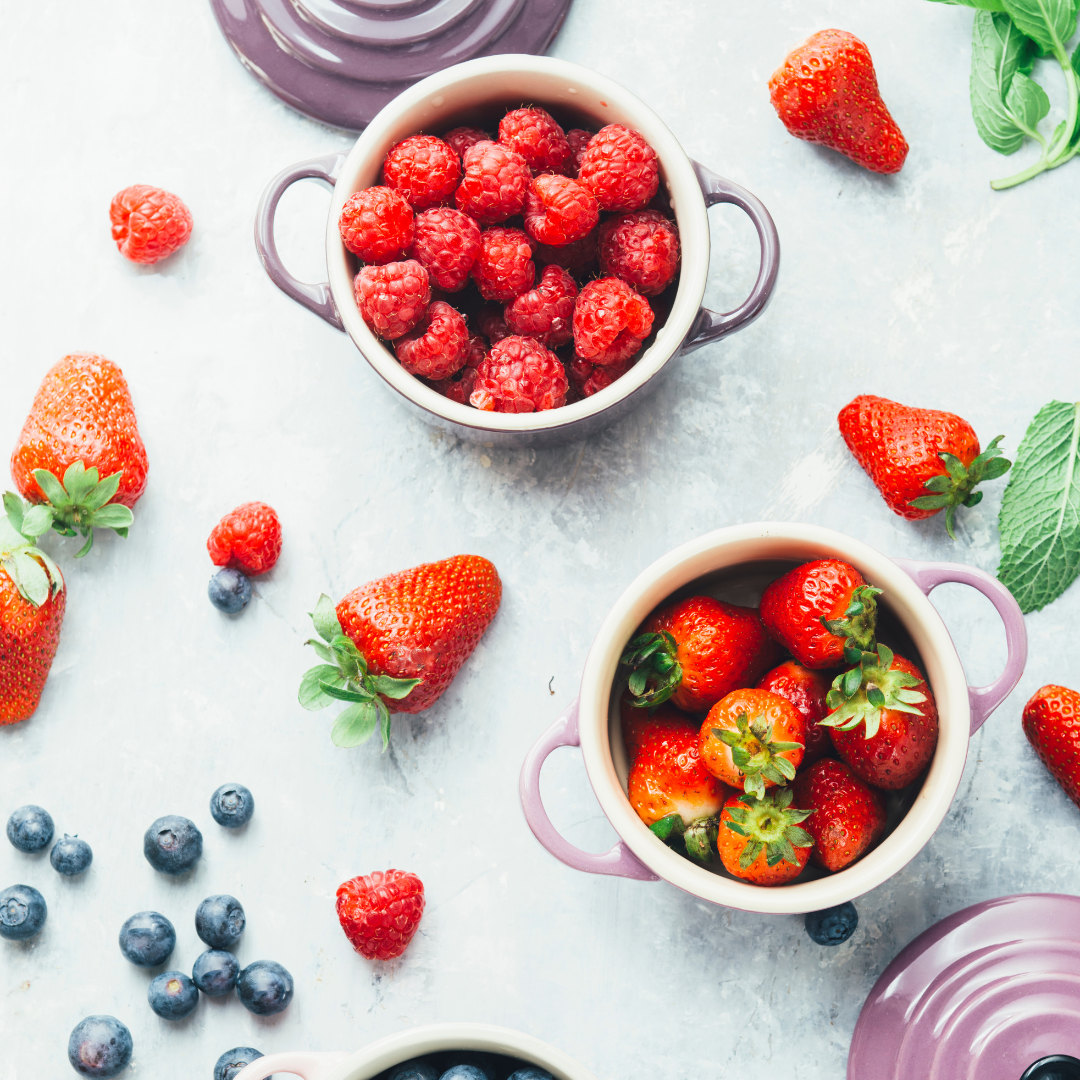
What are the benefits of a raw vegan diet?
Obviously, a raw vegan diet is rich in plant foods, which have been linked to numerous health benefits.
It’s full of healthy plant-based foods
A diet rich in fruits and vegetables is linked to lower blood pressure and a reduced risk of heart disease and stroke, per the Harvard T.H. Chan School of Public Health. Nuts, seeds, and grains are linked to lower cholesterol. Studies have linked plant-based diets to a reduction in LDL cholesterol—that’s the “bad” kind—according to a 2017 meta-analysis of 49 studies. This also includes legumes, which must be sprouted in order to be part of a raw vegan diet. Sprouts are simply seeds that have begun to germinate. You can buy sprouts from the store, or it can be done at home in a vented jar.
A diet rich in fruits and vegetables is also linked to a lower risk of Type 2 diabetes, according to a 2021 meta-analysis of 23 studies published in the British Medical Journal. Nuts, seeds, grains, and legumes are also linked to lower blood sugar levels.
Raw vegan diets tend to be high in fiber, which is linked to lower blood pressure and better digestion. Plant-based diets—the ones that consist primarily of whole foods, which don’t need to be raw,—are high in soluble fiber (found in nuts, seeds, sprouted lentils, and sprouted barley) and insoluble fiber (vegetables and sprouted whole grains). The former feeds healthy gut bacteria while the latter helps prevent constipation. Both may help you feel full longer after eating, so they can also aid in weight management.
Some of those foods are higher in nutrients
Circling back to the fundamental belief of a raw vegan diet: some fruits and vegetables do lose their nutritional value when cooked, but things aren’t quite as straightforward as “raw broccoli = good, cooked broccoli = bad,” for example. Stir-frying or boiling this cruciferous veg lowers its vitamin C content by 38 percent and 33 percent, respectively, but microwaving or steaming broccoli helps preserve its antioxidant content. Generally, cooked vegetables are lower in vitamin C, but this vitamin is also abundant in fresh fruit.
Another noteworthy benefit is a 2008 study published in the British Journal of Nutrition, which found that 198 people who followed a raw food diet had high levels of beta-carotene and normal levels of vitamin A. However, they had low levels of the antioxidant lycopene.
It’s low in saturated fat
Because many raw vegans get most of their fats from nuts, seeds, or avocado, the diet is low in saturated fat. So, it’s also naturally free from deep-fried foods, a known source of unstable molecules called free radicals, which damage DNA, cell membranes, and other parts of cells. This happens because high temperatures cause the fatty acids within the oil to oxidize, meaning they degrade in quality.
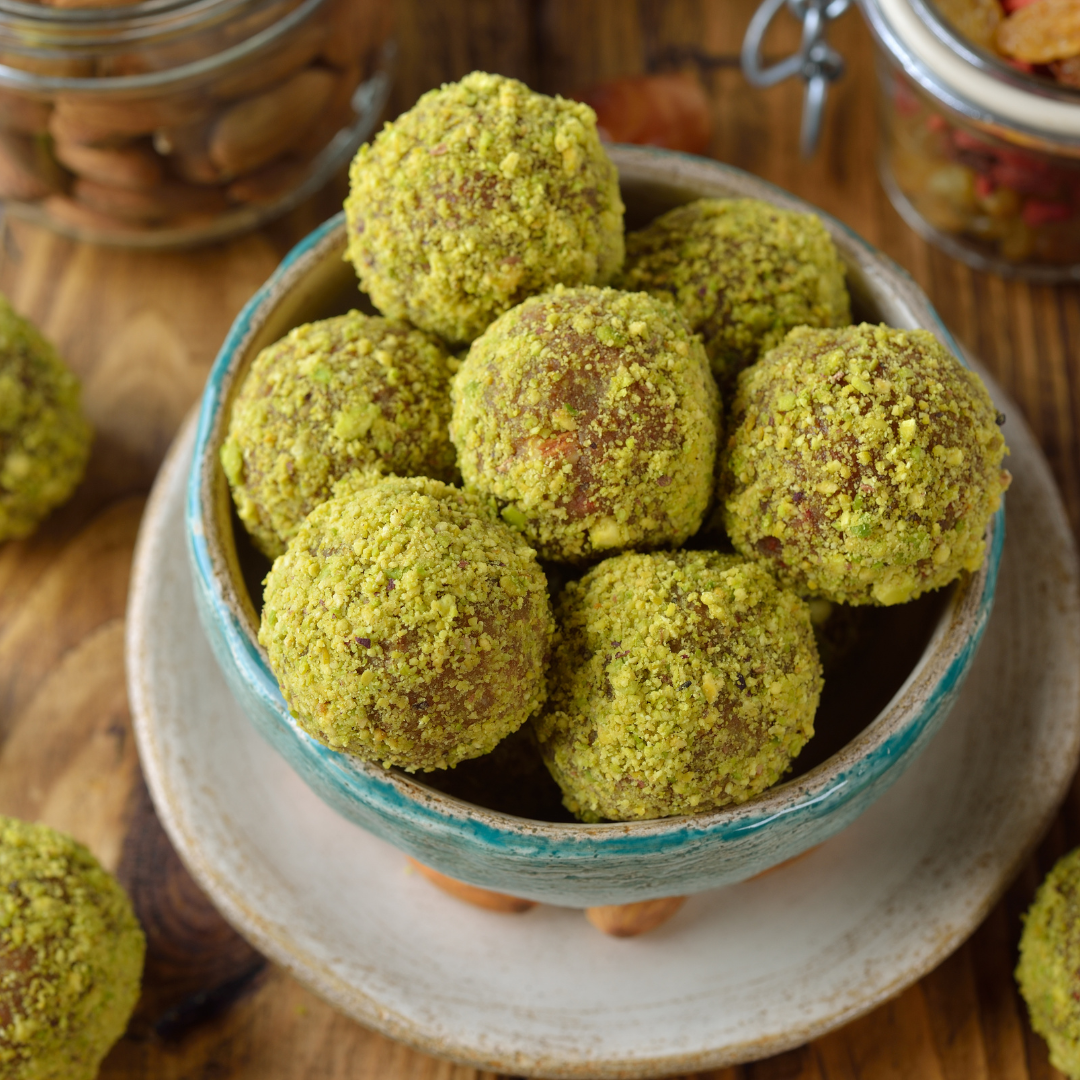
Are there downsides to a raw vegan diet?
No matter what kind of diet you’re considering, it’s essential to go into it being aware of both the pros and the cons, and raw veganism is no exception.
Sprouts aren’t safe for everyone
Sprouts are grown in warm, humid environments, which is exactly the type of conditions that food-borne illness-causing bacteria thrive in. According to The Academy of Nutrition and Dietetics, there have been a few E. coli and Salmonella outbreaks linked to sprouts in recent years. When buying sprouts, choose ones that are refrigerated and stay away from anything that looks musty or slimy. Keep them in an insulated shopping bag and refrigerate them immediately.
Some foods are healthier when cooked
Cooked tomatoes may be lower in vitamin C than raw ones, but they’re higher in the antioxidant lycopene, which helps protect the body from cell and tissue damage, according to a Cornell University study.
Cooked spinach contains 53 percent less oxalic acid, which reduces your body’s ability to absorb iron and calcium. It’s also higher in folate. Cooked carrots are higher in beta-carotene and antioxidants. Steaming kale reduces the number of isothiocyanates, which can interfere with the absorption of iodine. Grilling or microwaving mushrooms boosts their antioxidant levels, according to a study from the Mushroom Technological Research Center of La Rioja in Spain. (However, boiling and deep-drying do the opposite.) Steaming also helps preserve antioxidants in zucchini and broccoli.
“Cooking breaks apart fibers … to release nutrients that otherwise would be unavailable from the same raw food,” John McDougall, MD, told Scientific American. “By eating both raw and cooked foods, you get the best of both worlds.”
It may not be nutritionally adequate in the long-term
A well-planned plant-based diet can be appropriate for all ages, so long as it includes fortified foods and supplements to make up for the nutrients that it’s deficient in.
These include vitamin B12 (supports blood and nervous system health and helps make DNA), vitamin D (regulates the absorption of calcium and phosphorous and helps regulate the immune system), iodine (reduces the risk of thyroid disease), calcium (crucial to bone health), and zinc (aids in immune system and metabolism function and wound healing). Studies have shown that raw vegan diets tend to be low in vitamin B12, calcium, and vitamin D.
Raw vegan proponents tend to discourage the use of iodized salt, and iodine is essential to healthy thyroid function.
It’s not accessible to everyone
A raw vegan diet may not be sustainable in the long term. The lack of bread, cooked grains, and cooked legumes can make it challenging to get enough calories every day without frequent meals, which may make it too restrictive to be a 24/7 thing. Some preparation methods, such as dehydrating, chopping produce, juicing, and sprouting, can also be time-consuming. Premade sprouted and dehydrated foods can also be cost-prohibitive, making a long-term, strictly raw diet unattainable for many.
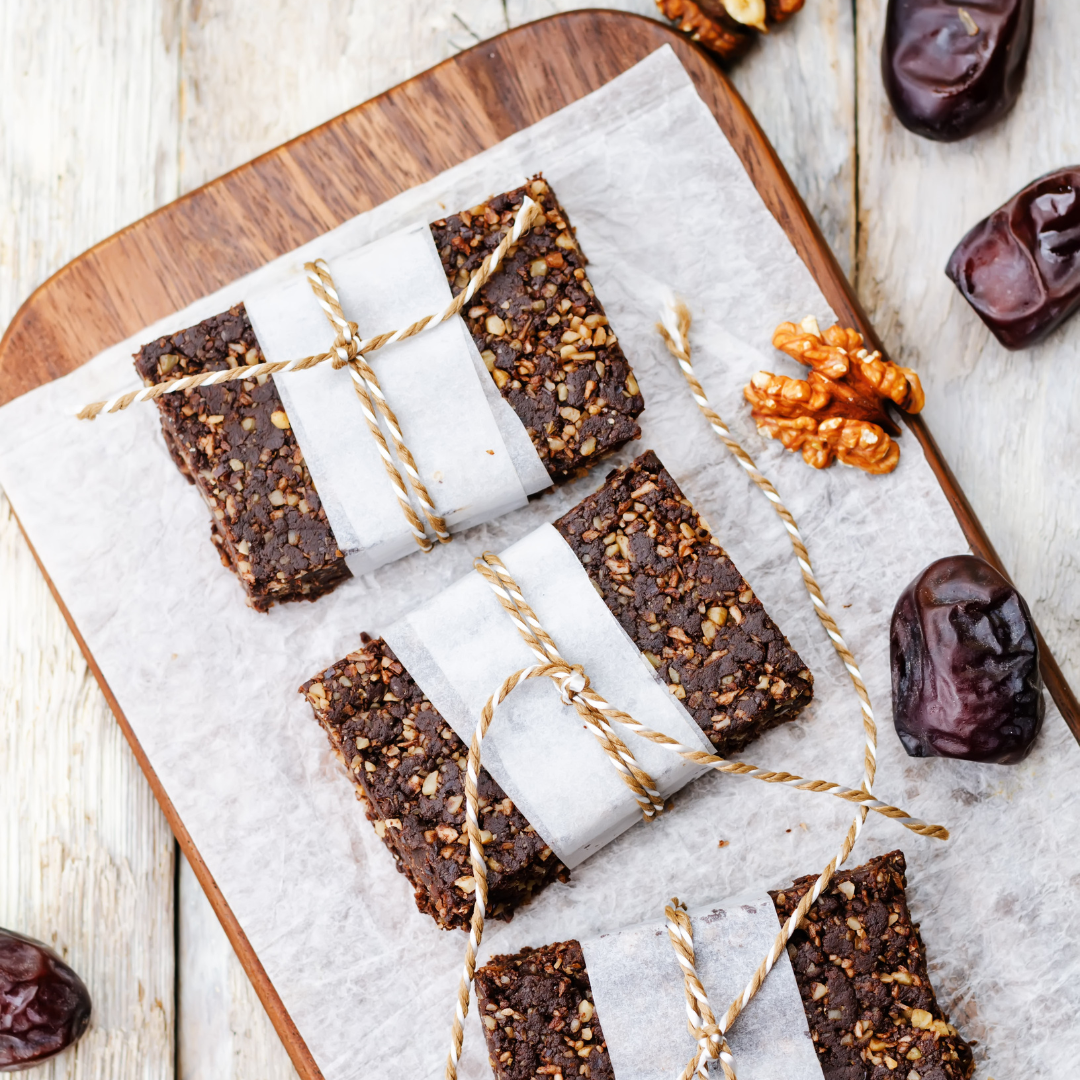
How to start a raw vegan diet
If you’re curious about a raw vegan diet, the best way to start would be to try out a few meals. Try out some of our favorite raw vegan recipes including Raw Vegan Swedish Truffles, Raw Vegan Tostadas, and Raw Vegan Coconut Cauliflower “Stir-Fry” in Zesty Lime Dressing. If you’re looking for more, a quick Google search will land you pages upon pages of other free recipes. If you like a curated selection, then a cookbook, like Modern Raw by Rachel Carr or Raw. Vegan. Not Gross. by Laura Miller might be what you’re looking for.
For more on the vegan diet, read:
JUMP TO ... Latest News | Recipes | Guides | Health | Subscribe
Here at VegNews, we live and breathe the plant-based lifestyle, and only recommend products we feel make our lives amazing. Occasionally, articles may include shopping links where we might earn a small commission, but in no way does this effect the editorial integrity of VegNews.





